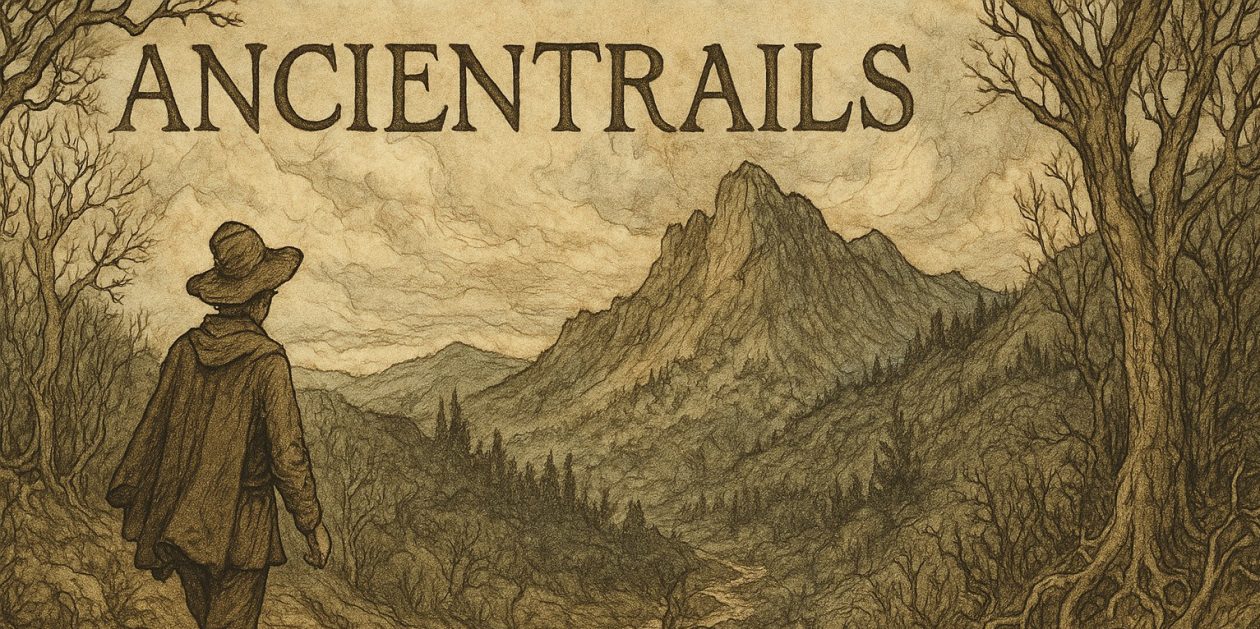Imbolc Black Mountain Moon
Reimagining faith surfaces, then falls back, behind other projects. Latin, books, art. This surprises me somewhat. I spent 20 years, 5 in seminary and 15 in the full-time ministry, focused on matters of faith. After I retired at 44, there was always some engagement, at times strong, then smaller and smaller though in the liberal religious tradition, not Christianity. All that investment of time suggests a deep commitment to the mystery of faith, one that you would think would keep me engaged.
And it has, if I read the trajectory of my life correctly, (A difficult task to do from inside the life, I grant you.) but in unusual or atypical ways.
Faith seeking understanding (fides quaerens intellectum) was the motto of St. Anselm of Canterbury the 12th century Catholic who attempted to move beyond scripture and the holy fathers in “proving” Christianity. Anselm, like many in the scholastic tradition, took as certainty that the search proceeded from faith to understanding. That is, faith came first, then human reason sought to understand it.
Reason seeking understanding prior to faith defines the period of the Enlightenment and its deconstruction of the Christian scaffolding built up in the 1600 years that had followed the death of Jesus. As Anselm and others inside the church feared, a search for understanding that does not proceed first from faith can-and did-lead to knowing without need of religion.
There is a third route, one which proceeds from intuition or from inner light. It does not proceed from faith, nor does it rely on reason first, rather the heart leads from inside the human experience.
This is, perhaps, Emerson’s “revelation to us” in his well-known introduction to his essay nature. It means starting with the deeply felt, the unreasoned, perhaps the irrational, pushing aside books and dogmas, theorems and the laws.
Here’s one such thread in my own life. In Madison County, Indiana we had two main economic sectors: farming and manufacturing. We had the remnants of the great pioneer push west, now growing beans (soybeans) and corn, raising cattle and pigs, and producing milk. We also had the American equivalent of England’s “satanic mills”, huge automotive factories that employed thousands working three shifts a day.
So from young childhood the dialectic between agriculture and technology grew within me, not as an intellectual argument, certainly not as a matter involved with religious faith, but as a felt and experienced reality.
Pipe Creek ran through Alexandria. It was the creek (pronounced “crick”) that took a dogleg turn through town. In the rains that came in late summer it often flooded, putting the high school’s football field underwater. Some locals could be counted on to take their fishing boats out and putter along the 50-yard line.
It was, in that sense, wild, literally untamed. Yet its name called up not wilderness, but the factories and their waste. That it may have been named for an Algonquian speaking chief of the Delaware nation, Hopocan, who was also known as Captain Pipe, is a late learning and does not negate the long association I have between factories and the running water near my home.
Pipe Creek runs through my life, carrying in its compromised waters the tension between natural and artifice, a fruitful tension that has spilled out now in my third phase as a deep lake. In that deep lake artifice lies submerged, Atlantis like, civilization that triumphed for a time, then disappeared beneath.
Faith positions us in the world, however widely this term might be applied. Many faiths, including Christianity, posit a world beyond this one, one to which we more properly belong and to which we can retire after the last mystery has visited us. My reimagining of faith is in this regard simple. It positions us as in and of this world, the one in which we participate daily.
Pipe Creek in this reimagined faith fills the lake. Its waters rise over all human endeavor, taking them in as it takes in trees and rocks and sand and skeletons. This is neither an apocalyptic view nor a judgmental one, rather it is descriptive.
